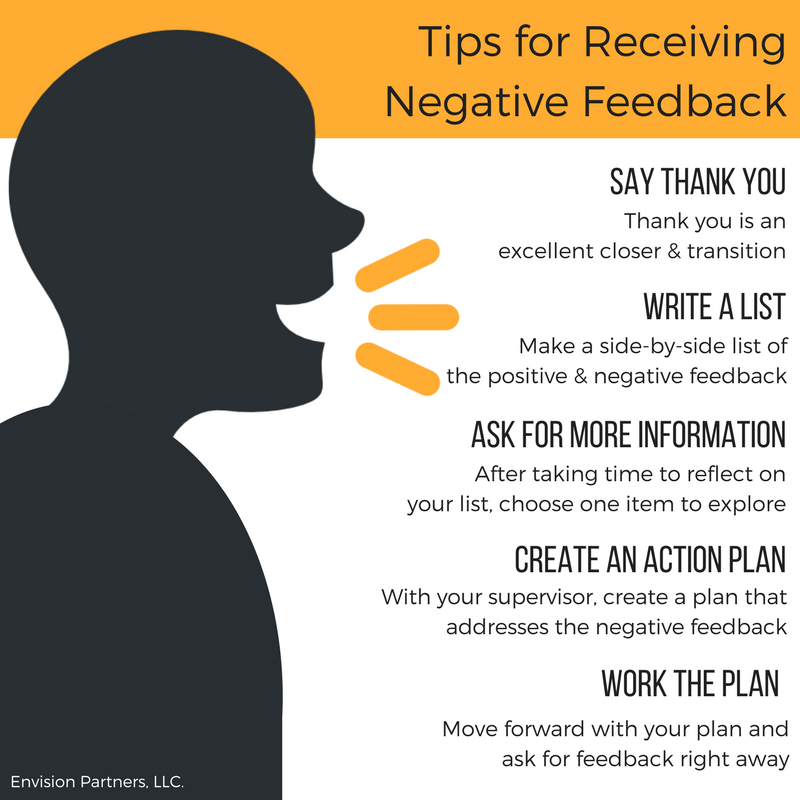Eisenhower Box
Writing this week’s blog post is one of many items on my to-do list. I am list keeper who has no intention of getting everything on that list done in a single day. The list is really a place to put the thoughts that come to my mind before they get lost. That’s a start. What I need is a way to prioritize the list.
A method I have found useful is the “Eisenhower Box”—yep, from the 34th President of the United States. The Important x Urgent model was re-popularized by Stephen Covey in “First Things First” (1996) who probably studied President Eisenhower, because he had a phenomenal reputation for being productive in all aspects of his career.
Eisenhower’s strategy for taking action and organizing tasks is simple. Using the decision matrix below, move each item on your list into one of the following quadrants. Examples are given.
- Urgent and important tasks are those that you should do immediately. It’s appropriate that this list is short. Be careful about identifying what is really important and urgent. Another person’s urgency is not necessarily your urgency. If this list is too long, it’s a sign of procrastination on my part or someone else.
- Important but not urgent tasks are those that you should schedule before they become urgent. This should be the longest list. To validate their importance, I put these items on my calendar.
- Not important but urgent tasks are those that you should consider delegating to someone else (if you can). For me these are good tasks to insert between the heavy lifting of those important projects.
- Not important and not urgent tasks should be eliminated. These items are probably not on your to-do list. They aren’t actually on mine. That’s why you (and I) might find it useful to use this tool in a retrospective way to examine not how we plan to use our day, but how we actually used it!
It is said that Eisenhower consistently used this decision matrix (probably focusing more on the important, not important quadrants) for long-term planning and daily planning. You might try this with meeting choices and/or making sure the discussion topics fit the important quadrants as much as possible. With this matrix in mind, this is a great way to sort email too. I can easily label each email I receive into one of these categories, and respond accordingly. I have a special time of each day designated for not urgent x important email responses.
A final note: Urgency is usually defined according to a fairly objective timeline. Importance, on the other hand, is a subjective measure relative to what we are working toward—that is our goals or objectives. In order for this system to actually work, each task to be put on the Eisenhower Box must be placed according to my core values and what I am working toward.












